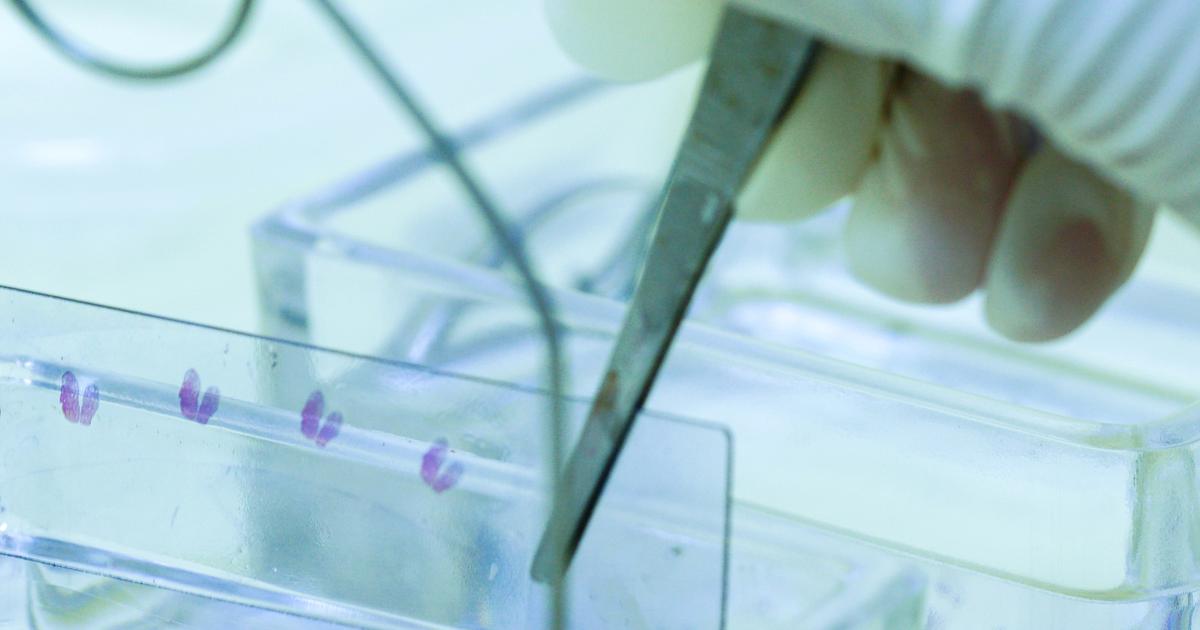Common Tests Used To Diagnose Cancer
When an individual is screened for cancer or their physician feels their symptoms and medical history suggest the possibility of cancer, further testing is required to find cancer or rule cancer out as the underlying cause of their symptoms. A physical exam, personal medical history, and family medical history can tip off a physician to the possibility of cancer or an increased risk of cancer. Numerous blood tests may be used to search for abnormalities in the blood and bone marrow. Numerous methods of diagnostic imaging are utilized to help find a cancerous mass in a patient's organs and other body tissues. Some diagnostic imaging techniques require the use of contrast material or dye to provide a more thorough picture of the patient's organs. A procedure called a biopsy may also be used to determine if a mass in the body is cancerous.
Get familiar with all the details of the common tests used to diagnose cancer now.
Complete Blood Count
A complete blood count is a blood test that can assist in the diagnosis and evaluation of several types of cancer. A complete blood count measures the value of three different types of cells in the blood. The leukocyte count or white blood cell count is a measurement of the total number of white blood cells present in a sample of a patient's blood. A white blood cell differential measures the number of all types of white blood cells in a sample of an individual's blood. These white blood cell counts measure the number of basophils, eosinophils, monocytes, lymphocytes, and neutrophils. The red blood cell count measures the number of erythrocytes or red blood cells in the sample of blood. Cancers that affect the bone marrow can cause a low white blood cell count or a low red blood cell count. Some cancers that affect the bone marrow can also lower the number of platelets in the blood. A complete blood count can help diagnose cancers like lymphoma and leukemia.
Uncover more common tests used to diagnose cancer now.
Biopsy

Some individuals who are suspected of having cancer may need to undergo a tissue biopsy to determine the underlying cause of their symptoms. A biopsy is a procedure where a sample of tissue is removed from an individual's body and sent to a lab to be examined underneath a microscope. This microscopic examination serves the purpose of revealing abnormal cells that may be cancerous or precancerous. Some biopsies can be performed with an endoscopic procedure, while others are guided with the use of diagnostic imaging like MRIs, CT scans, or ultrasound. The most common parts of the body that are biopsied due to suspected malignancy include the breast, bone marrow, lungs, bladder, lymph nodes, skin, gastrointestinal tract, liver, and colon. Depending on the shape, size, characteristics, and location of the abnormality, the patient's physician determines which method is used to carry out the biopsy. Some biopsies of lumps just underneath the skin can be performed with a sterile needle and do not require the use of imaging guidance to carry out. When a needle removes any substance from a mass in an individual's body using a needle, it is referred to as an aspiration biopsy.
Continue reading to learn more about the common tests used to diagnose cancer now.
